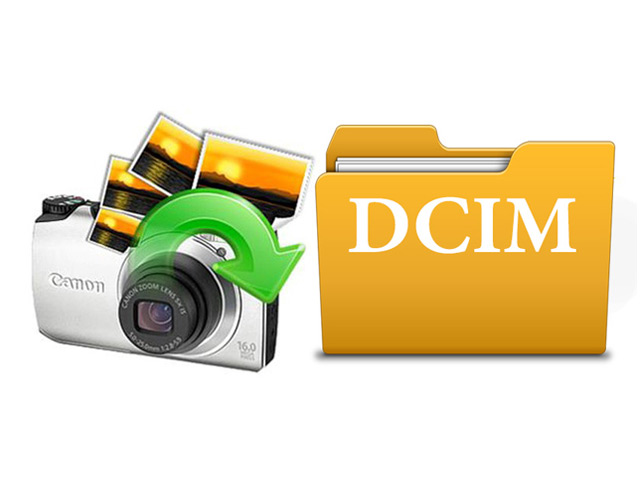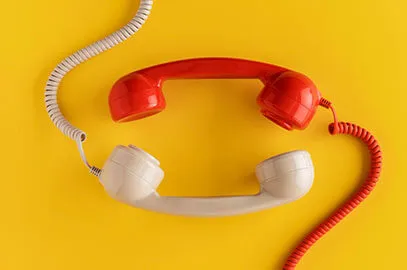Why our photos are stored in a DCIM folder?

When you are using a digital camera, whether a dedicated camera, a smartphone’s camera or any other similar device, your photos will be stored in the DCIM folder on the memory card. But why there is such a common structure for storing photos and what can we do if there is a problem? In the following, we answer a lot of questions in this regard.
Where have DCIM come from?
The fact is that the DCIM folder and its layout structure originate from the DCF standard, which was released in 2003. DCF (Design rule of the Camera File system) was developed by JEITA (Japan Electronics and Information Technology Association). Its latest update was released in 2010 and is now in version 2.0.
The DCF specification is a very valuable standard because it provides a standardized layout for all devices and provides a variety of requirements to guarantee interoperability between them. For example, a memory card installed on a digital camera should use one of the FAT12, FAT16, FAT32, or exFAT file systems. Cards of 2 GB capacity or higher, must be formatted with FAT32 or exFAT. In fact, the ultimate goal is to have digital cameras and memory cards compatible with each other.
DCIM folder
Among the long list of requirements, DCF specifications require digital cameras to store images in a DCIM directory, which stands for Digital Camera Images.
The DCIM folder can contain several subfolders. These subfolders follow a specific naming pattern. More precisely, the subfolder names should consist of a unique three-digit number between 100 and 999 and five alphanumeric characters. Alphanumeric characters are not very important, and each maker or user can choose their own combination. Note that, regardless of the character combination you are using, the three-digit number is not repeatable. For example, you can’t have two subfolders named 100ABCDE and 100VWXYZ in a DCIM folder. Digital cameras often name folders with successive changes of the three-digit number. For example, your folders may be 100EOS5D, 101EOS5D, 102EOS5D, and so on.
Your photos will be stored in these subfolders. The naming of photos is done using an alphanumeric code of four characters and a four-digit number. In most cases, you will see a pattern like DSC_0001, DSC_0002, DSC_0003, and so on for your photos.
All these standardized specifications allow different programs and apps to find photos stored in your storage space, regardless of the model and brand of digital camera you are using.
Rescue the files
Undoubtedly, every photo taken by our camera captures a unique moment and is valuable to us, so losing them will be really annoying. However, it has happened to all of us to deal with such problems occasionally, but what should we do in such a situation? Many factors can put the photos stored on your camera or smartphone in jeopardy, but in a nutshell, you can say that in most cases you will be faced with one of the following situations:
1 – One or more of your photos can’t be viewed.
2 – There are no photos in the DCIM folder.
3 – The DCIM folder is transformed to a single large file.
In the first case, if the common recovering tools fail to find your files, there’s often nothing you can do. In such a case, it is best to transfer the rest of your photos to another location and replace the memory card. If this problem is repeated, the issue comes from your camera.
The second situation means that the camera has not been able to store any photos. In this case, the memory card’s file system may be corrupted. Also, your memory card or your camera may have a problem.
The third situation almost always indicates a memory card file system failure. In this state, the DCIM folder is left as a file in its place and you can hope to save your photos.
In the second and third situations, it’s best to first examine your memory card with a dedicated file system recovery software. If the problem is related to the file system, the process can solve it. Also, in each of the above situations, after retrieving photos and transferring them to another location, be sure to format the memory card before reuse.


